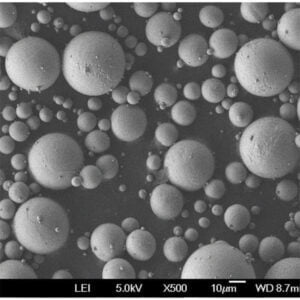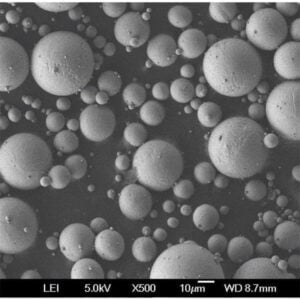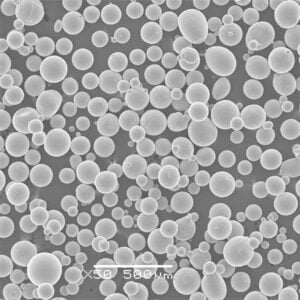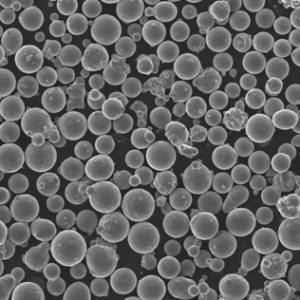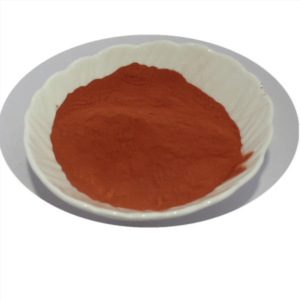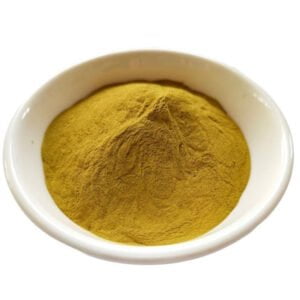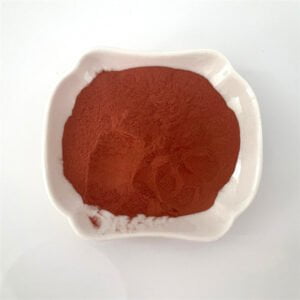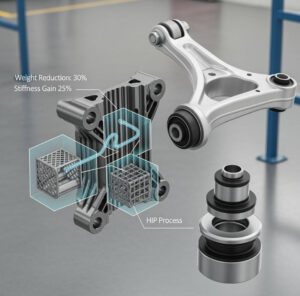Nickel Chrome Powder
Table of Contents
Nickel chrome powder, also known as nichrome or NiCr, is a versatile alloy composed primarily of nickel and chromium. This remarkable material has found widespread applications across various industries due to its exceptional properties, including high corrosion resistance, mechanical strength, and exceptional heat resistance.
Properties and Characteristics of Nickel Chrome Powder
| Property | Description |
|---|---|
| Composition | Typically consists of 60% nickel and 20-25% chromium, with small amounts of other elements like iron, silicon, and carbon. |
| High Temperature Resistance | Nichrome exhibits excellent resistance to oxidation and scaling, even at temperatures up to 1,200°C (2,192°F), making it suitable for high-temperature applications. |
| Corrosion Resistance | The chromium content in nichrome provides excellent resistance to corrosion, enabling its use in harsh environments. |
| Electrical Resistance | Nichrome has a relatively high electrical resistance, which increases with temperature, making it ideal for heating elements and resistors. |
| Mechanical Strength | The alloy exhibits good mechanical strength and ductility, allowing it to be formed into various shapes and sizes. |
| Non-Magnetic Properties | Nichrome is non-magnetic, making it suitable for applications where magnetic fields are a concern. |

Applications of Nickel Chrome Powder
Nickel chrome powder finds applications in a wide range of industries, including:
- Heating Elements: Nichrome is extensively used in the manufacturing of heating elements for various appliances, such as toasters, ovens, hair dryers, and industrial furnaces, due to its excellent heat resistance and electrical properties.
- Resistors: The high electrical resistance of nichrome makes it an ideal material for the production of resistors used in electronic circuits and devices.
- Welding Electrodes: Nichrome is often used as a coating material for welding electrodes, providing improved corrosion resistance and mechanical properties.
- Foundry and Metallurgical Industries: Nichrome powder is employed in foundries and metallurgical processes, acting as a protective coating or improving the properties of metal alloys.
- Chemical Processing: The corrosion resistance of nichrome makes it suitable for use in chemical processing equipment, such as reaction vessels and piping systems.
- Aerospace and Automotive Industries: Nichrome components are utilized in various aerospace and automotive applications, including engine parts, exhaust systems, and heat-resistant coatings.
Nickel Chrome Powder Production
Nickel chrome powder is typically produced through various metallurgical processes, including:
- Atomization: Molten nichrome alloy is atomized into fine powder particles using high-pressure gas or water jets.
- Mechanical Alloying: Elemental powders of nickel and chromium are mechanically alloyed together through high-energy ball milling or other mechanical processes.
- Chemical Synthesis: Nichrome powder can be synthesized through chemical routes, such as electrodeposition, sol-gel processes, or precipitation from solution.
The production method chosen depends on the desired particle size, purity, and specific application requirements.
Nickel Chrome Powder Suppliers
There are numerous companies that specialize in the production and supply of nickel chrome powder. Some of the leading suppliers include:
| Supplier | Location | Offerings |
|---|---|---|
| Sandvik Materials Technology | Sweden | High-quality nichrome powders for various applications |
| Carpenter Powder Products | United States | Nichrome powders with customizable compositions and particle sizes |
| Höganäs AB | Sweden | Nichrome powders for heating elements, resistors, and welding applications |
| Kennametal Inc. | United States | Nichrome powders for metallurgical and industrial applications |
| H.C. Starck GmbH | Germany | Nichrome powders for electronics, chemical processing, and aerospace industries |
It is essential to carefully evaluate and select a reputable supplier based on factors such as product quality, consistency, technical support, and pricing.
Nickel Chrome Powder Price Range
The price of nickel chrome powder can vary depending on several factors, including:
- Composition: Powders with higher nickel content or specialized alloy compositions tend to be more expensive.
- Particle Size: Finer particle sizes generally command higher prices due to the increased processing and manufacturing requirements.
- Purity Level: Higher purity levels result in higher costs due to the additional refining processes involved.
- Application: Powders intended for specialized applications, such as aerospace or electronics, may be priced higher due to stringent quality and performance requirements.
- Quantity: Bulk orders often receive volume discounts compared to smaller quantities.
Typically, the price range for nickel chrome powder can vary from $10 to $50 per kilogram, with specialty grades or highly refined powders reaching prices above $100 per kilogram.
Choosing the Right Nickel Chrome Powder Supplier
When selecting a supplier for nickel chrome powder, it is crucial to consider several factors to ensure you receive a high-quality product that meets your specific requirements. Here are some key considerations:
| Factor | Description |
|---|---|
| Quality and Consistency | Evaluate the supplier’s quality control processes, certifications, and ability to consistently produce nichrome powder with the desired specifications. |
| Technical Support | Assess the supplier’s technical expertise and willingness to provide guidance on product selection, application advice, and problem-solving support. |
| Delivery and Lead Times | Consider the supplier’s ability to meet your delivery timelines and production schedules, as well as their responsiveness to inquiries and order changes. |
| Customization Options | Determine whether the supplier offers customization options for composition, particle size, and other properties to meet your specific application needs. |
| Pricing and Payment Terms | Evaluate the supplier’s pricing structure, payment terms, and any potential volume discounts or long-term supply agreements. |
| Reputation and Customer Service | Research the supplier’s reputation in the industry, customer reviews, and the level of customer service and support they provide. |
| Compliance and Certifications | Ensure the supplier adheres to relevant industry standards, regulations, and possesses necessary certifications for your specific application or industry. |
By carefully considering these factors, you can identify a reliable and trustworthy supplier that can provide high-quality nickel chrome powder tailored to your specific requirements.
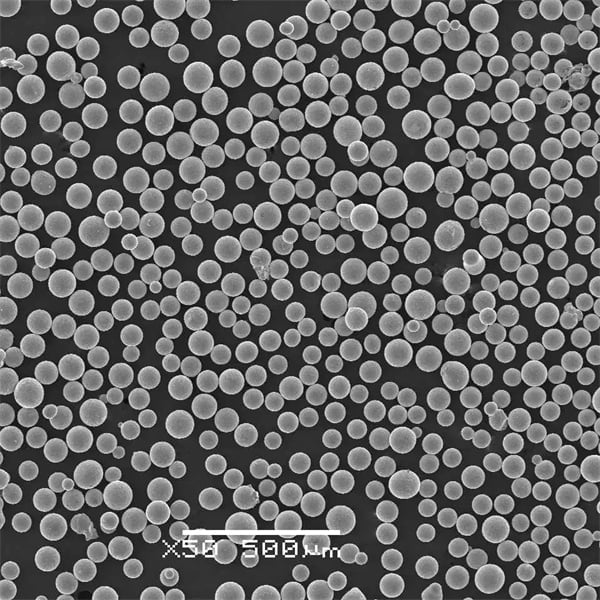
FAQ
| Question | Answer |
|---|---|
| What is the difference between nickel chrome powder and other heat-resistant alloys? | While nickel chrome powder is specifically an alloy of nickel and chromium, other heat-resistant alloys may contain different combinations of elements like iron, aluminum, or titanium. The composition determines the specific properties and applications of each alloy. |
| Can nickel chrome powder be used in food-related applications? | While nichrome is generally considered non-toxic, its use in food-related applications may be limited due to potential health concerns and regulatory restrictions. It is recommended to consult with relevant authorities and follow industry guidelines for food-safe materials. |
| How does the particle size of nickel chrome powder affect its properties? | Smaller particle sizes typically provide better packing density and improved sinterability, which can enhance mechanical properties and thermal conductivity. However, finer powders may also exhibit increased reactivity and handling challenges. |
| What are the safety precautions when handling nickel chrome powder? | Proper personal protective equipment (PPE), such as respirators, gloves, and eye protection, should be worn when handling nickel chrome powder. Appropriate ventilation and dust control measures are also essential to minimize inhalation and exposure risks. |
| Can nickel chrome powder be recycled or repurposed? | Yes, nickel chrome powder can be recycled or repurposed through various metallurgical processes, such as re-melting or powder metallurgy techniques. This reduces waste and improves the sustainability of nickel chrome powder production and applications. |
know more 3D printing processes
Frequently Asked Questions (FAQ)
1) What Ni/Cr ratios are most common for Nickel Chrome Powder?
- Popular compositions include NiCr 80/20 and 60/15–25 (wt%), balancing oxidation resistance, electrical resistivity, and formability. Higher Cr improves scale resistance; higher Ni improves ductility and phase stability.
2) Which production method should I choose for my application?
- Gas atomization yields spherical, low-oxygen powders ideal for thermal spray and additive manufacturing. Water atomization is more economical for PM parts where extreme flowability is not critical. Mechanical alloying enables custom chemistries and dispersion-strengthened grades.
3) How does Nickel Chrome Powder perform in thermal spray coatings?
- NiCr 80/20 is a workhorse bond coat and corrosion/oxidation layer. It forms adherent Cr2O3 scales up to ~1,000–1,100°C and is often paired with ceramic topcoats (e.g., YSZ) in TBC systems.
4) Is Nickel Chrome Powder suitable for additive manufacturing?
- Yes, but parameter development is required. For LPBF, target spherical 15–45 µm with low O/N; for DED, 45–150 µm. Post-build heat treatments may be used to tune microstructure and oxidation behavior.
5) What standards and tests apply to Nickel Chrome Powder and parts?
- Refer to ISO/ASTM 52907 and ASTM F3049 for AM powder feedstock. For thermal spray, see ISO 14917 and ASTM C633 (adhesion). Oxidation/corrosion evaluations leverage ASTM G54/G85 and thermogravimetric analysis (TGA).
2025 Industry Trends
- High-temperature electrification: Demand growth for NiCr 80/20 powders in industrial electrified heating elements and furnace retrofits.
- Data-rich CoAs: Suppliers include PSD files, O/N/H, and SEM morphology to speed qualification for AM and thermal spray.
- Sustainability and EHS: Broader Environmental Product Declarations (EPDs), recycled Ni inputs, and closed-loop argon systems at atomizers.
- Fine-cut availability: Expansion of 5–25 µm cuts for binder jetting and micro-feature LPBF components.
- Supply resilience: Dual-region sourcing (EU/US/Asia) and buffer inventories to mitigate Ni price volatility.
2025 Snapshot: Nickel Chrome Powder Metrics
| Metric (2025e) | Typical Value/Range | Notes/Source |
|---|---|---|
| Common compositions | NiCr 80/20; NiCr 60/20–25 | Heating/coatings focus |
| AM-grade PSD (LPBF) | D10 15–20 µm; D50 25–35 µm; D90 40–50 µm | ISO/ASTM 52907 context |
| DED PSD | 45–150 µm | Nozzle/process dependent |
| Oxygen (AM-grade) | ≤0.10 wt% typical | Supplier CoAs |
| Thermal spray use cases | Bond coats, oxidation/corrosion layers | ISO 14917 |
| Market price band | ~$12–$60/kg (spec- and cut-dependent); specialty >$100/kg | Industry quotes |
| Lead times | 2–8 weeks (standard cuts), faster with stocked grades | Supplier disclosures |
Authoritative sources:
- ISO/ASTM AM standards: https://www.astm.org, https://www.iso.org
- Thermal spray standards: ISO 14917; ASTM C633
- Materials data (Ni-Cr): ASM Handbooks: https://www.asminternational.org
Latest Research Cases
Case Study 1: Longer-Life Electric Furnace Heaters with NiCr 80/20 (2025)
- Background: A ceramics plant faced premature heater failures at 1,050°C due to scale spallation.
- Solution: Adopted gas-atomized Nickel Chrome Powder (80/20) for PM elements with controlled O ≤0.08 wt%; optimized sintering and surface conditioning; implemented ramp/soak profiles to stabilize Cr2O3 scales.
- Results: Time-to-failure +32%; energy consumption −6% via tighter resistance tolerances; maintenance intervals extended from 9 to 12 months.
Case Study 2: LPBF Fabrication of Custom High-Ω Resistor Cores (2024/2025)
- Background: An electronics OEM needed compact, high-resistance cores with complex channels.
- Solution: Qualified spherical NiCr 60/23 powder (D50 ~30 µm); refined scan strategy to mitigate keyholing; stress relief + aging to stabilize resistivity.
- Results: Density ≥99.3%; resistivity stability ±1.5% over 200–700°C; scrap rate −18% after adopting inline PSD and O/N/H checks.
Expert Opinions
- Dr. Subramanian Sankaran, Fellow, ASM International
- Viewpoint: “NiCr’s oxidation performance hinges on fast, adherent Cr2O3 formation—powder oxygen and processing history directly influence scale integrity.”
- Prof. Mary Ryan, Professor of Materials Science, Imperial College London
- Viewpoint: “For electrified high-temperature processes, NiCr remains pivotal; lifecycle gains come from surface engineering and precise thermal profiles rather than simply raising Cr content.”
- Dr. Jonas Richter, Head of AM Powders, European Atomizer
- Viewpoint: “AM-ready Nickel Chrome Powder needs spherical morphology with tight PSD tails; consistent interstitials are as critical as composition for repeatable resistivity.”
Practical Tools/Resources
- Standards and datasheets: ISO/ASTM 52907 (AM feedstock), ASTM F3049 (powder characterization), ISO 14917 (thermal spray), ASTM C633 (bond strength)
- Materials databases: ASM Handbooks; Matmatch and Granta EduPack for Ni-Cr properties
- Metrology: Laser diffraction for PSD, SEM for morphology/satellites, inert gas fusion (O/N/H), TGA for oxidation kinetics, four-point probe for resistivity
- Process guides: OEM LPBF/DED parameter notes for Ni-based alloys; thermal spray best practices (HVOF/APS) for NiCr coatings
- Sustainability: ISO 14025 EPD templates; supplier EPD libraries; argon recirculation guidelines for atomization
Implementation tips:
- Specify CoA with chemistry, O/N/H, PSD (D10/D50/D90), morphology images, apparent/tap density, and flow metrics.
- Match PSD and morphology to process: spherical 15–45 µm for LPBF, 45–150 µm for DED, and process-specific cuts for HVOF/APS.
- For heater/resistor applications, validate resistivity vs. temperature curves and thermal cycling behavior; control oxygen to stabilize scaling.
- Use pre-conditioning thermal cycles to establish adherent Cr2O3; document ramp/soak profiles in work instructions.
Last updated: 2025-10-13
Changelog: Added 5-question FAQ, 2025 market/performance snapshot table, two case studies (furnace heaters and LPBF resistor cores), expert opinions, and practical tools/resources with actionable implementation tips for Nickel Chrome Powder
Next review date & triggers: 2026-04-20 or earlier if ISO/ASTM standards update, major Ni price volatility impacts availability, or new AM/thermal-spray data for NiCr powders is published
Share On
MET3DP Technology Co., LTD is a leading provider of additive manufacturing solutions headquartered in Qingdao, China. Our company specializes in 3D printing equipment and high-performance metal powders for industrial applications.
Inquiry to get best price and customized Solution for your business!
Related Articles
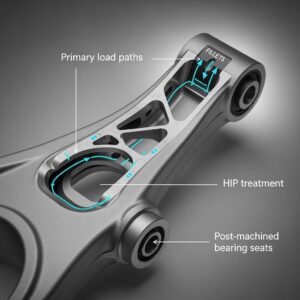
Metal 3D Printing for U.S. Automotive Lightweight Structural Brackets and Suspension Components
Read More »About Met3DP
Recent Update
Our Product
CONTACT US
Any questions? Send us message now! We’ll serve your request with a whole team after receiving your message.







